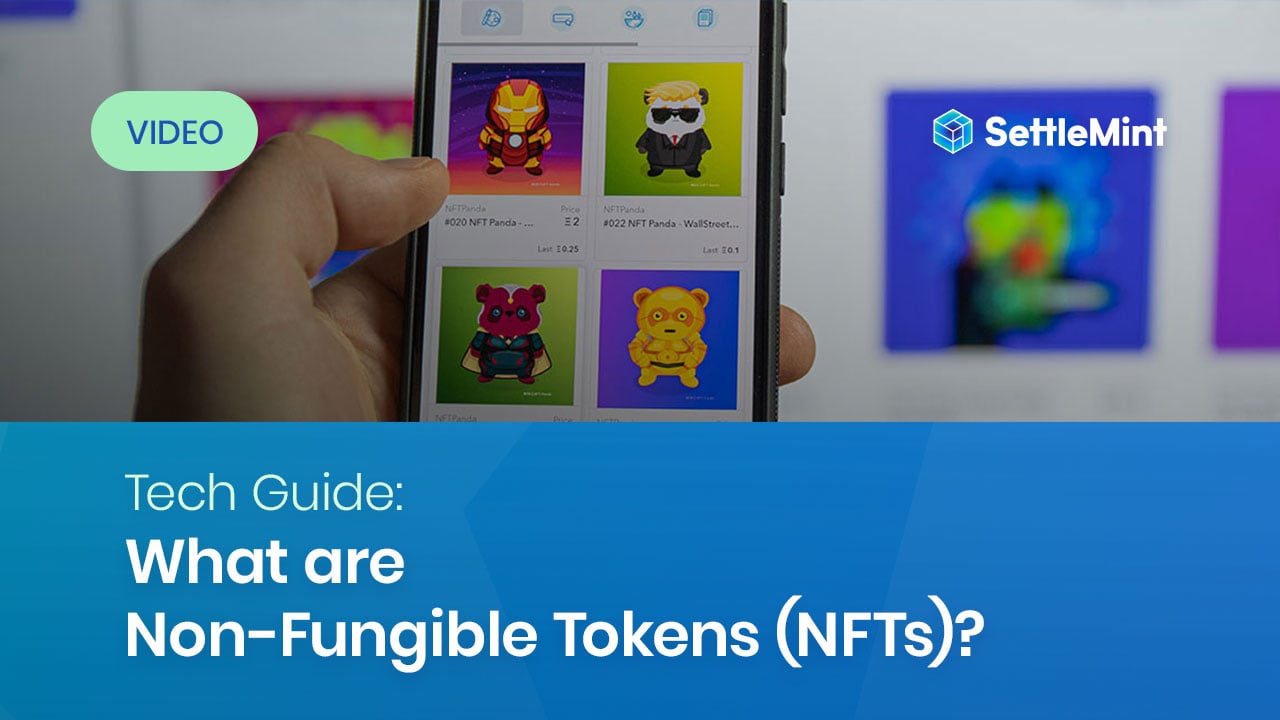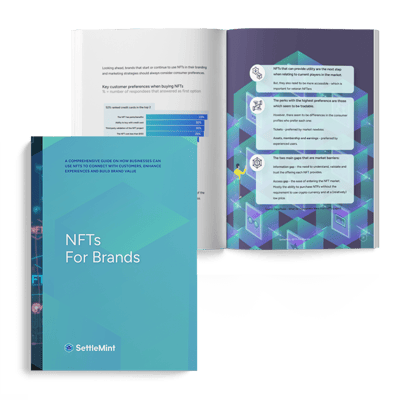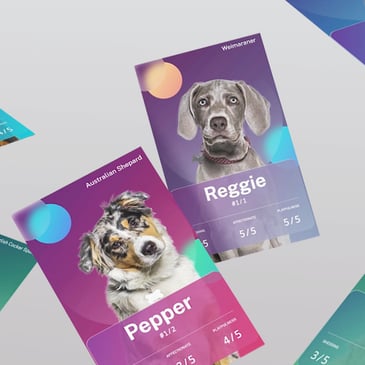Non-Fungible Tokens (NFTs)
Understand what NFTs are, how they work, and why they have huge potential beyond digital art.

Non-fungible tokens (NFTs) have come a long way since their origins in 2017, when American studio Larva Labs created the iconic Cryptopunks digital portraits. Touted as being the future of the creative economy, NFTs are now shaking up the art and collectibles worlds – from “Side Eyeing Chloe” and Jack Dorsey’s first ever tweet, to NBA Top Shots trading cards and the sale of digital artist Beeple’s “Everydays - The First 5000 Days” for $69 million at Christie’s.
But the potential of NFTs goes far beyond digital art, and their non-fungibility is key to enabling some of the most revolutionary and disruptive applications of blockchain.
NFTs for Brands
Understand what NFTs are, discover why they matter and take inspiration from the global brands who have been the earliest adopters of this technology

Blockchain use-cases Non Fungible Token (NFT)
In this short video, we explain what NFTs are, the concept of fungibility, what blockchain brings to NFTs, and how an industry standard is making it easier for businesses to harness the power of NFTs.
For those of you who prefer to read, here are the video’s key take-aways:
What is an NFT?
An NFT is a digital token that represents ownership of a unique digital or physical item. The most common items currently offered as NFTs include digital art, virtual trading cards, and in-game assets, but physical items like luxury watches or even real estate can also be “tokenized”.
Each NFT that is created is powered by a smart contract stored on a blockchain. This smart contract assigns and tracks ownership of the underlying item, manages the NFT’s transferability, provides details of the NFT’s unique properties, and can set terms and conditions for its use.
What is fungibility?
The key difference between NFTs and other cryptographic tokens is that NFTs are not fungible – hence the name non-fungible tokens. Fungibility is the property that determines whether or not one item can be interchanged with other items of the same kind with no loss of value.
For example, cash is fungible in that you can exchange one €10 note for another, or even for two €5 notes, and still retain exactly the same value. On the other hand, a piece of art like the original Mona Lisa is not fungible, and cannot be exchanged like-for-like due to its unique properties.
Thanks to a unique token ID and the possibility to define distinct metadata, each NFT is as unique as its creator wants it to be, thereby offering a completely open design space that can be adapted to a huge range of applications.
Why are blockchain and NFTs so intrinsically linked?
Just as blockchain brought fungibility to the digital space, and allowed us to exchange value like-for-like in the form of cryptocurrencies, blockchain now brings non-fungibility to the digital space in the form of NFTs.
It’s blockchain’s immutability, dependability, transparency and decentralization that create new opportunities for the seamless trading, exchanging and sharing of digital representations of any kind of assets, and for many businesses, this is likely to spur new blockchain-based innovation.
Is there an industry standard for creating NFTs?
Although NFTs can be implemented on any blockchain that supports smart contract programming, the most common industry standard is the ERC-721 standard on the Ethereum blockchain.
Unlike standards for fungible tokens, ERC-721 offers the possibility to include rich metadata about an item, such as historical ownership. It also allows each token to have distinct properties that differentiate it from other tokens – these properties are detailed in an off-chain file that is accessible via the token’s metadata.
This standard is now driving further innovation to create a framework of rules, libraries and conventions for digital certificates on blockchain, and will make it easier for businesses to explore and harness the potential of NFTs.
How can I create my own NFT?
Watch our video for a step-by-step explanation of how to create and deploy your own NFT using the SettleMint platform.
Read more blockchain innovation stories

Demo: How to create NFT trading cards

